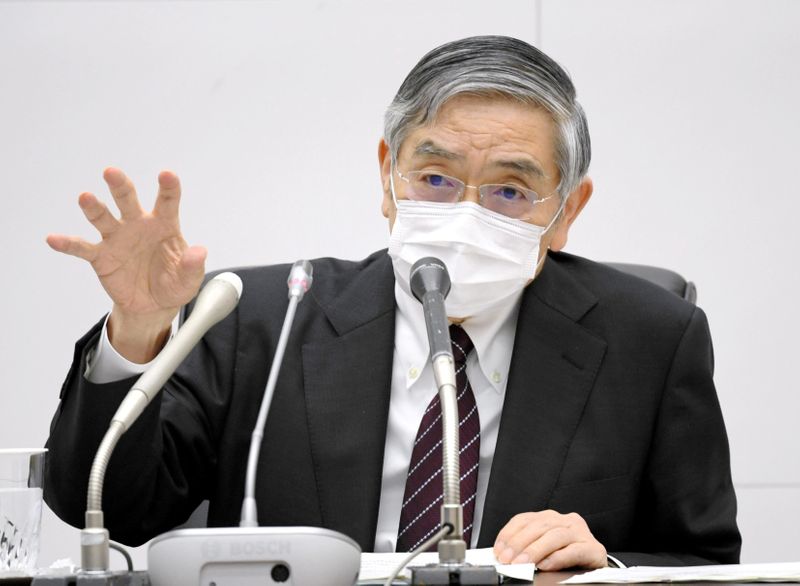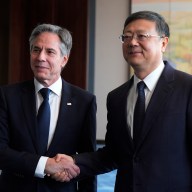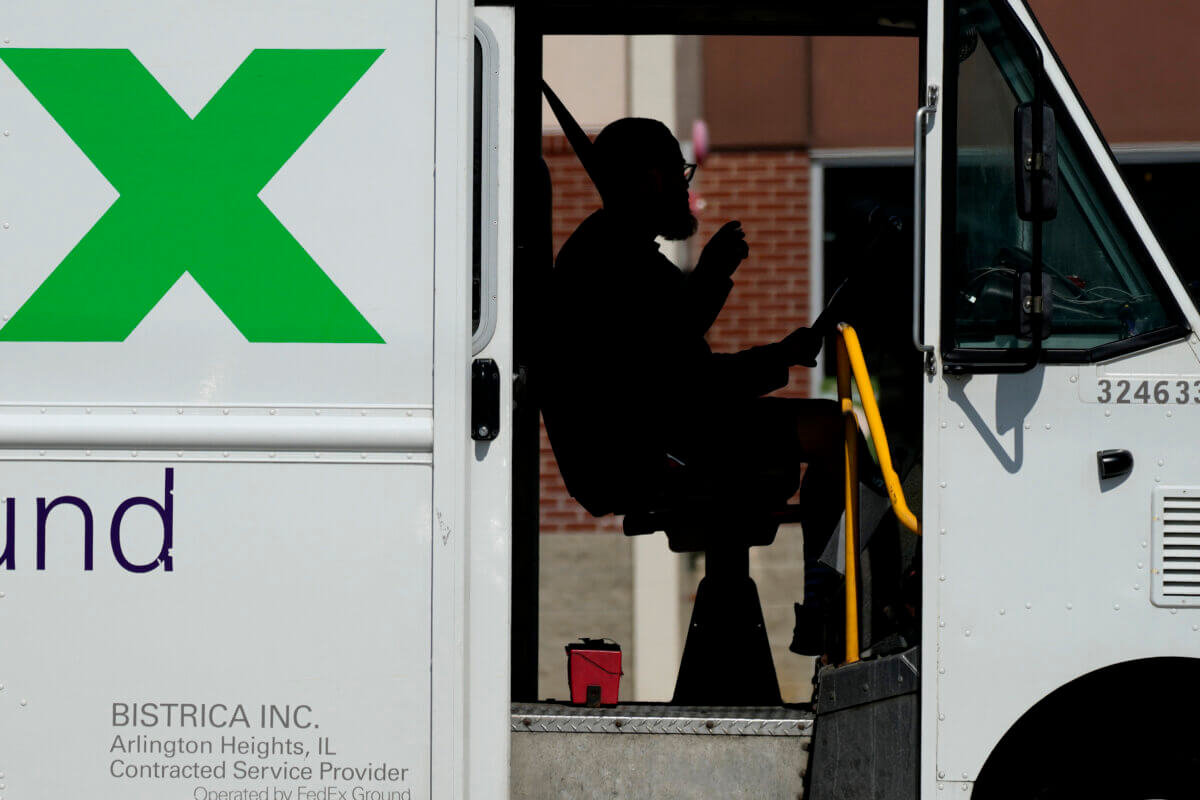TOKYO (Reuters) – Bank of Japan Governor Haruhiko Kuroda on Friday stressed the need to keep interest rates “stably low” to protect an economy ravaged by the COVID-19 pandemic, warning that prospects for a recovery were fraught with uncertainty.
Kuroda also said the central bank was already flexibly purchasing exchange-traded funds (ETF) under current guidelines, pointing to a recent slowdown in buying as Japanese stock prices hover at multi-year highs.
“It’s important now to keep the entire yield curve stably low as the economy suffers the damage from COVID-19,” Kuroda told parliament, when asked whether the BOJ will allow long-term rates to deviate further from its 0% target.
“The BOJ has no intention of pushing up (10-year bond yields) above its target of around 0%,” he said.
The remarks came as expectations of higher inflation and big U.S. fiscal spending sent global bond yields rising, pushing up the yield on the benchmark 10-year Japanese government bonds (JGB) to 0.175%.
It was the highest since January 2016, when the BOJ began negative interest rates, and near the top of the range the central bank is thought to be aiming for the 10-year yield.
Under its policy of yield curve control, the BOJ guides short-term rates at -0.1% and 10-year JGB yields around zero.
Markets are rife with speculation the BOJ will allow yields to move at a wider range around its 0% target in a review of its policy tools scheduled in March.
Kuroda said the BOJ will look at ways to make its policy framework more flexible and effective. As part of such efforts, it will conduct an analysis on why prices failed to sufficiently pick up, he said.
“The BOJ will examine the effects and side-effects of our asset purchases in hope of making them more effective and sustainable,” Kuroda said.
“We’re already buying ETFs flexibly because doing so is possible even under current guidelines.”
(Reporting by Leika Kihara; Editing by Chang-Ran Kim and Stephen Coates)



















